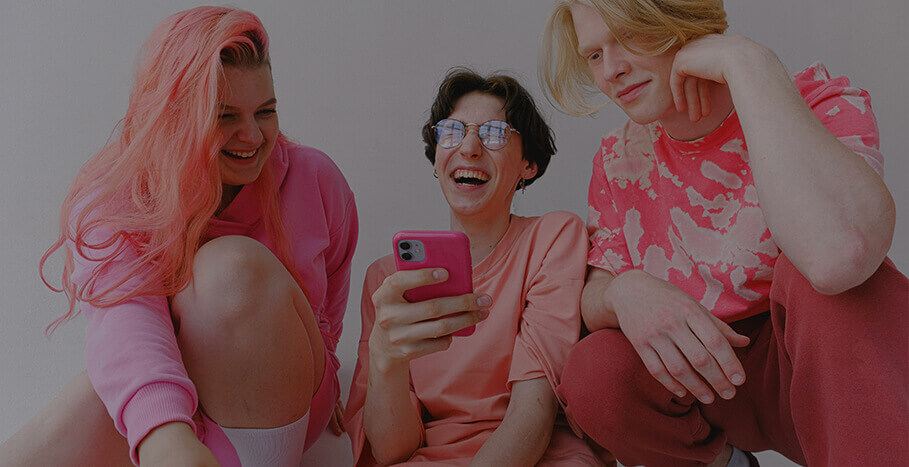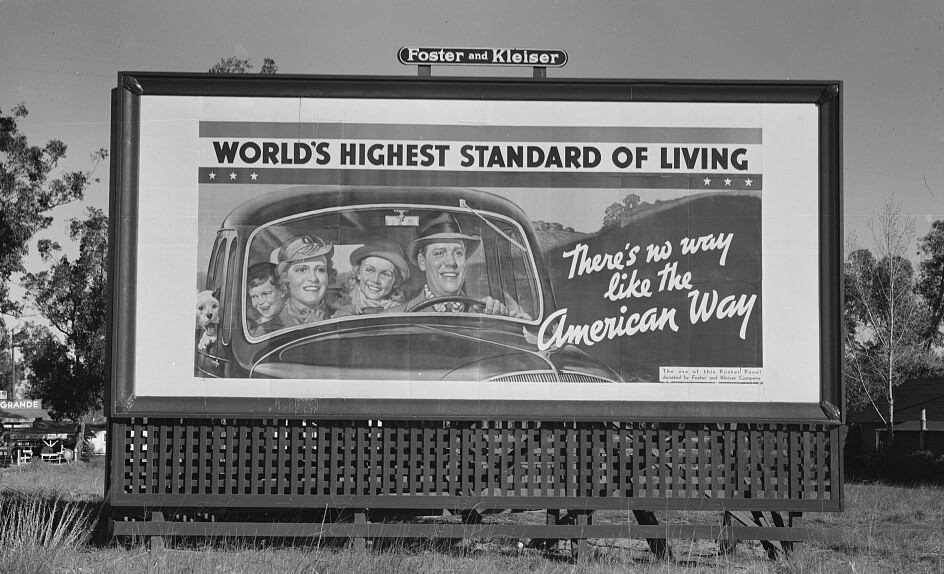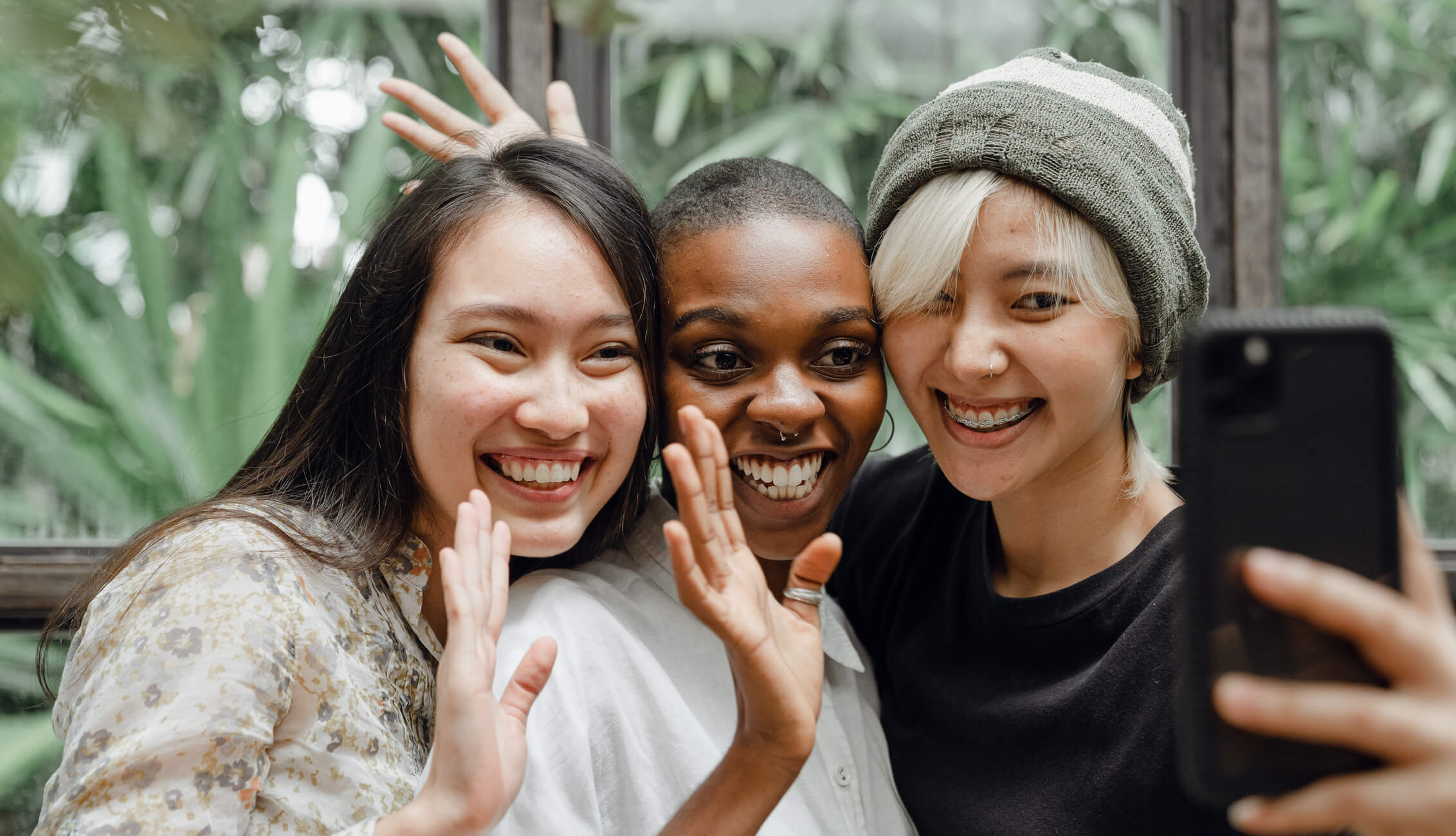The state of UX design in 2021

The state of UX design in 2021
The state of UX design in 2021: How to design Happiness?
Introduction:
One thing is certain the world is changing faster than anyone has ever expected. Adapting to changes can be challenging and harder than it sounds, whether planned or unplanned, expected or unexpected. Over the past few months, we’ve experienced a stressful worldwide state due to the changes and the unusual new “way of life” imposed by the Covid-19 Pandemic.
We are now living in what we’d call a “pre-pandemic” phase. In a way, we are sure that there’s no going back. As we try to adapt to this new era when toilet papers become as precious as gold, minor friendly human interactions such as hugs and kisses are forbidden, and devices are our new best friends.
And that sounds like a dystopian scenario from a far future, similar to a black mirror’s episode in which humanity lost what bounds it the most and what defined happiness for an eternity, “Human Interactions.”
As designers, this new way of life made us rethink and reconsider our mission in this world, imposing daily questions:
How to design for nowadays users? And what would be considered a good product? And especially how to put a smile on our client’s and user’s faces?
I- The evolution of a discipline: Motivated by unpleasant events:
1- Designing for a better life:
To answer these questions, we’ll have to understand the purpose of design itself and the core mission of a designer.
The literal definition of design is; the process of planning the creation of a service, system, or product as a response to a specific need to improve the human experience.
In other words, the core of the design is to anticipate problems, observe the daily needs of humans, and try to either fix them or create new experiences to make our daily lives more viable.
The design has a rich history, and its origins cannot be associated with one key event. But what we know for sure is that one tragedy led to the existence of design as the profession that we know today.
2- The birth of a Happy discipline:
When the United States suffered from the Great depression in 1929, the only solution got introduced by our ancestor designers, by founding the “Streamline.”
A revolutionary design movement that insinuated new products shaped and formed differently from what existed back then to symbolize the speed of production, avant-garde, and progress.
The streamline convinced the American people that the USA is still a productive force and presented a unique and exclusive way of life, despite all the issues. Raymond Loewy, Walter Dorwin Teague, Norman Bel Geddes, and all the designers of that era are considered heroes. They did not just succeed in introducing a new discipline into the world but one that targets happiness.

One century later, designers are facing the same issue as in 1929. Due to how Covid-19 impacted the globe not only on a physical dimension but also a cognitive and emotional one. Due to the global lockdowns, and infinite restrictions that deprived humans of their joyful events. Depression and anxiety then became a major and common emotional state. The question that occurs the most now, what are the new conditions for making a good design in 2021? How to make this new normal an opportunity to create a new future?
II- The State of UX in 2021:
1- Design made for experts:
As mentioned, the fundamental challenge for all the designers and the creative community is to configure and understand the nature of problems imposed by the pandemic and think about the designed system beyond some usability norms or ergonomics.
Sure, these are critical assets for a good design, but today we are living in what we would consider a transitioning phase. Where user needs go farther than just some cognitive or physical laws related to usability, we no longer have to prioritize physical comfort over the sensorial one. Instead, we must align every asset we know with psychological and mental welfare.
Today the users are connected more than ever to their devices, products, and living spaces. As we started to spend more time by ourselves, stuck in our rooms living our ordinary daily lives, but with no people around us, the need for digital interactions became vital for our society as an alternative for the human ones.
As revenge for the current situation, users seek refugee in their devices, playing video games, connecting on social platforms, and alternatives as a replacement to the activities they have got deprived of. That turned every user into a design expert.
Besides, they have become very intuitive while using any digital product, as if it is part of their nature. The time they spend made noticing inconveniences and all the imperfections easier than ever.
2- Design made for all:
Therefore designers should consider finding a more effective design process that can deliver a specific product for a given target.
We should take into consideration the inclusive design work-frame, as it will allow us to understand the user’s diversity, define their exact needs, and personalize the final results.
We are not entirely suggesting that we have to make a product for each individual on this planet. Instead, designers have to think within terms of developing a family of products and derivatives to provide the best coverage of users, deliver a fluid design that can give them enough freedom to move and change things to personalize it and make it adequate to the user’s needs and preferences.
Also, we will have to reduce the level of cognitive and physical capacity required for the use of a given product or service and pay more attention, on the other hand, to the organizational ergonomy, by analyzing the human, and managerial factors in diverse use scenarios, to prevent and anticipate any concern.
2- A design made to feel good:
Today is the ultimate opportunity to practice the positive design frame-work. The core of this design process is to develop and research solutions that should increase the well-being of users.
It aspires to intensify positive emotions and at the same time lessen the negative ones. And to reach that, we have to engage more people’s personal character strengths and anticipate future weaknesses, and research on evidence-based opportunities and threats as measures for a scientific design approach rather than a single designer’s perception.
As introduced by Desmet & Pohlmeyer, The positive design frame-work is based on three pillars:
- Design for pleasure: Solutions and concepts are oriented towards happiness, which is reached by the anticipation of one’s momentary pleasures and can be derived from increased positive feelings or decreased negative ones. In this matter, we can distinguish four types of pleasures: Physical, social, psychological, and ideological.
- Design for personal significance: This is about the personal goals and aspirations of a user for a given period of time. We can achieve positive design by remembering and valuing goals. Therefore we will have to provide a sense of accomplishment from a certain use. The main focus for this Pillar is on the individual level of interpretation of what makes life worth living.
- Design for virtue: This pilar is all about what can be perceived as good and/or bad. “It is based on the proposition that there is an ideal mode of behavior or a sense of excellence or perfection towards which one should strive, that leads to a virtuous life.” (Desmet & Pohlmeyer, 2013, p. 9).

Conclusion:
In similar situations, design has always proved and maintained an exclusive position in adapting to changes and gets motivated by it, to innovate and develop new visionary products, which contribute to the realization of a happier and healthier world both on physical and psychological levels. And the examples are numerous that you can find in our article “COVID-19: Crisis Inspiring Innovations”.